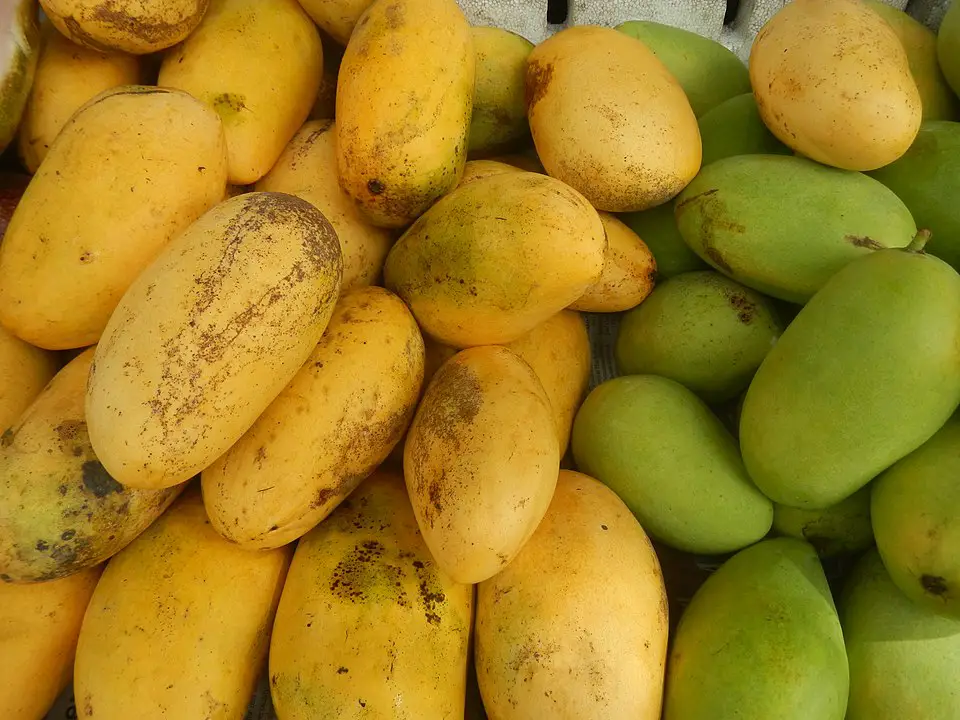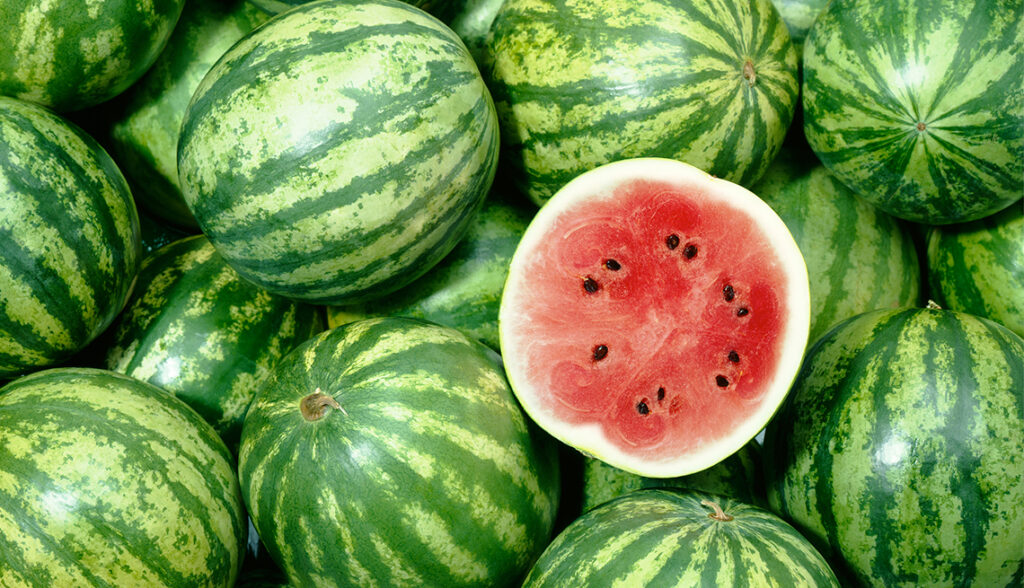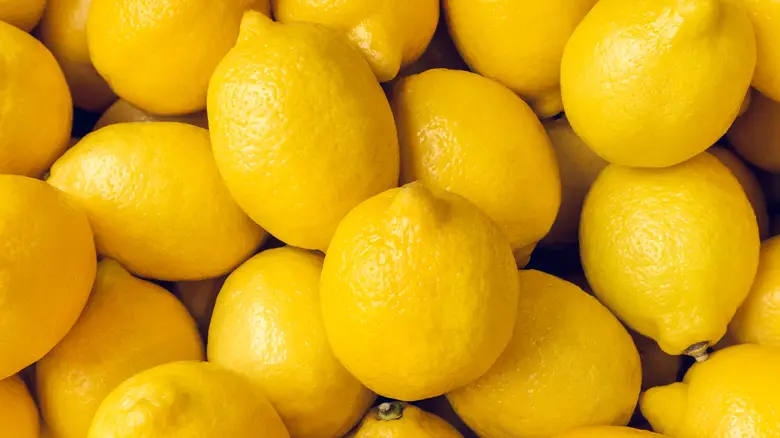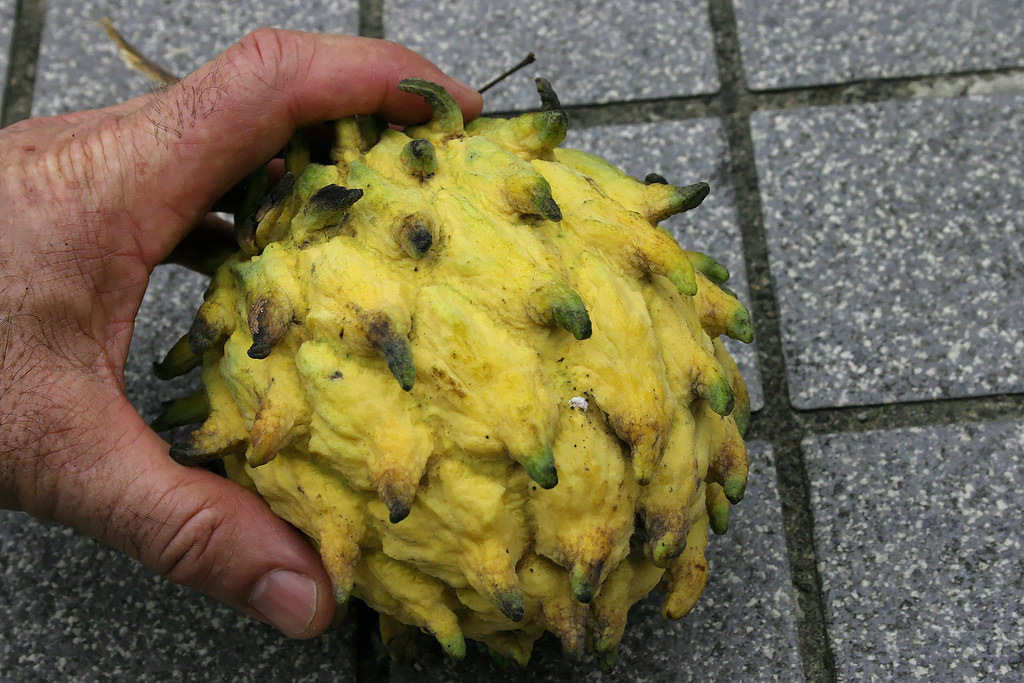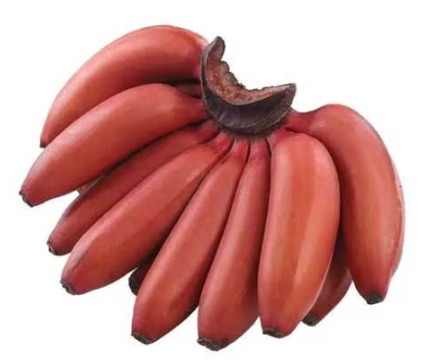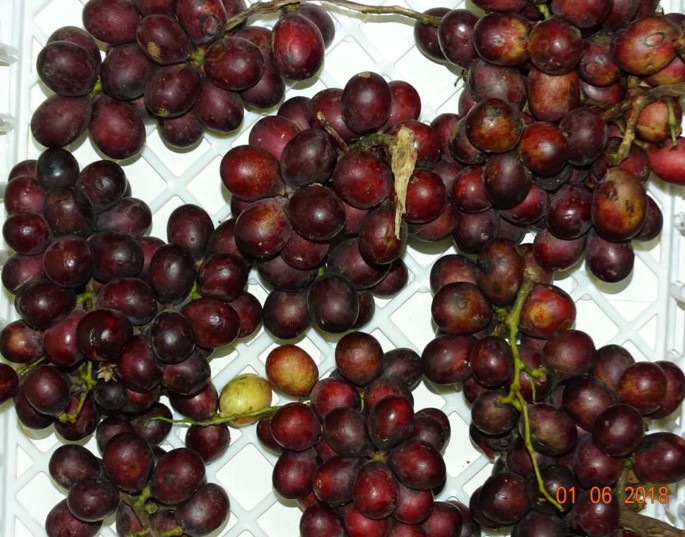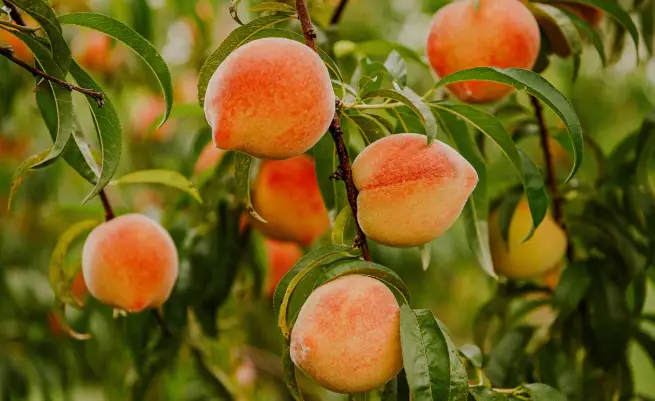Spain, known for its vibrant culture, rich history, and delightful food, is a paradise for fruit lovers. Fresh fruits are a big deal, both for people living in Spain and for visitors. But what’s the national fruit of Spain, you ask? Let’s dive into this topic and uncover the reasons for its choice.
For generations, Spaniards have been enjoying the tastes of various fruits. They love adding them to their recipes, desserts, and beverages. Given the wide range of fruits found there, some might find it surprising that the grape is considered Spain’s national fruit.
Table of Contents
- Identifying the National Fruit of Spain
- What Makes Grapes Special in Spanish Culture?
- Health Benefits of Eating Grapes
- Grapes in Spanish Food
- Grapes and Spanish Wine
- Grapes in Celebrations and Spanish Traditions
- Representation of Grapes in Spanish Art and Stories
- Other Beloved Fruits in Spain
- Wrapping Up
- Frequently Asked Questions
- What other fruits are popular in Spanish cuisine besides grapes?
- Why are grapes associated with Christianity in Spain?
- What is the grape-eating tradition on New Year’s Eve in Madrid?
- What are the health benefits of grapes?
- What is the significance of grapes in Spanish festivals and traditions?
Identifying the National Fruit of Spain
Grapes take the crown as the national fruit of Spain. They hold a deep cultural meaning and are used in many different ways, from being part of religious rituals to starring in traditional celebrations and meals. Grapes are also a cornerstone of the Spanish wine industry, thanks to the country’s perfect grape-growing conditions.
The tradition of growing fruit in Spain goes back to Roman times.
Spain’s great climate, fertile land, and ample water make it a primary producer of fruits like oranges, lemons, peaches, and especially grapes. Grape cultivation, in particular, has a rich history in Spain.
What Makes Grapes Special in Spanish Culture?
Grapes symbolize many good things in Spain, such as plenty, life, and success. They also have a special connection to the Christian faith, as they represent the blood of Christ during religious services.
Health Benefits of Eating Grapes
Beyond their cultural value, grapes are also good for your health. They’re packed with antioxidants that can help fight off diseases like heart disease and cancer. Grapes are rich in fibers, potassium, and vitamin C as well.
Grapes in Spanish Food
Grapes are quite adaptable when it comes to cooking. They add a sweet taste to salads, balancing out the sharp flavors of certain greens.
They’re also popular in Spanish desserts like tarts and custards and make a great snack when paired with cheese and nuts.
Grapes and Spanish Wine
Spain is famous for its diverse wines, and grapes are obviously an essential part of the winemaking process.
Spanish winemakers use a range of grape types to create their red, white, and sparkling wines. Some well-known grape varieties are Tempranillo, Garnacha, and Albariño.
Grapes in Celebrations and Spanish Traditions
Grapes are a key feature in many Spanish festivities. For example, in Madrid on New Year’s Eve, there’s a tradition of eating 12 grapes at midnight, one with every ring of the clock bell. This is thought to bring good fortune for each month of the new year.
Representation of Grapes in Spanish Art and Stories
Grapes have inspired Spanish artists and writers for a very long time. Famous painters like Diego Velázquez and Francisco de Zurbarán have portrayed grapes in their artworks. Also, celebrated authors such as Federico García Lorca and Miguel de Cervantes have used grapes as powerful symbols in their narratives.
Other Beloved Fruits in Spain
Even though grapes are Spain’s national treasure, other fruits are also cherished. Oranges are another big export and can be found in various Spanish dishes and beverages. Figs, peaches, and strawberries are also widely enjoyed for their distinctive tastes and uses in cooking.
Wrapping Up
To sum up, grapes are Spain’s national fruit because of their deep-rooted cultural ties, the versatility they offer in meals, and their major role in the country’s famous winemaking tradition. They’re important not just in celebrations and symbols but also for maintaining good health and being a subject in art and literature.
Frequently Asked Questions
What other fruits are popular in Spanish cuisine besides grapes?
Oranges, figs, peaches, and strawberries are also popular fruits in Spain.
Why are grapes associated with Christianity in Spain?
Grapes are used in religious ceremonies and are seen as a symbol of Christ’s blood.
What is the grape-eating tradition on New Year’s Eve in Madrid?
The tradition involves eating twelve grapes, one for each chime of the clock at midnight, and is said to bring good luck for the coming year.
What are the health benefits of grapes?
Grapes are high in antioxidants, which can help to reduce the risk of heart disease and cancer. They are also a good source of fiber, potassium, and vitamin C.
What is the significance of grapes in Spanish festivals and traditions?
Grapes symbolize wealth, abundance, and fertility. They are used in many Spanish festivals and traditions to welcome prosperity and good luck.
